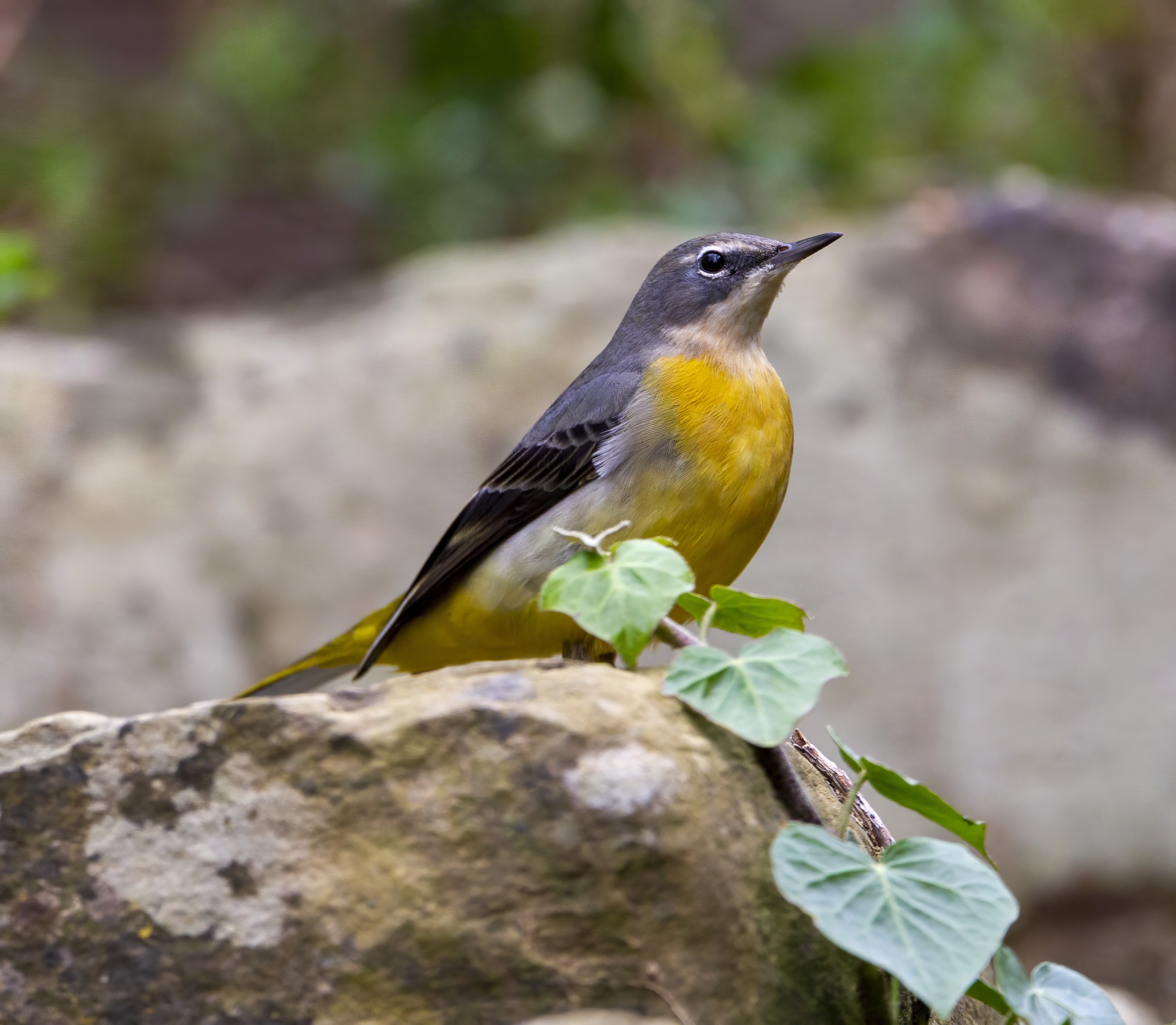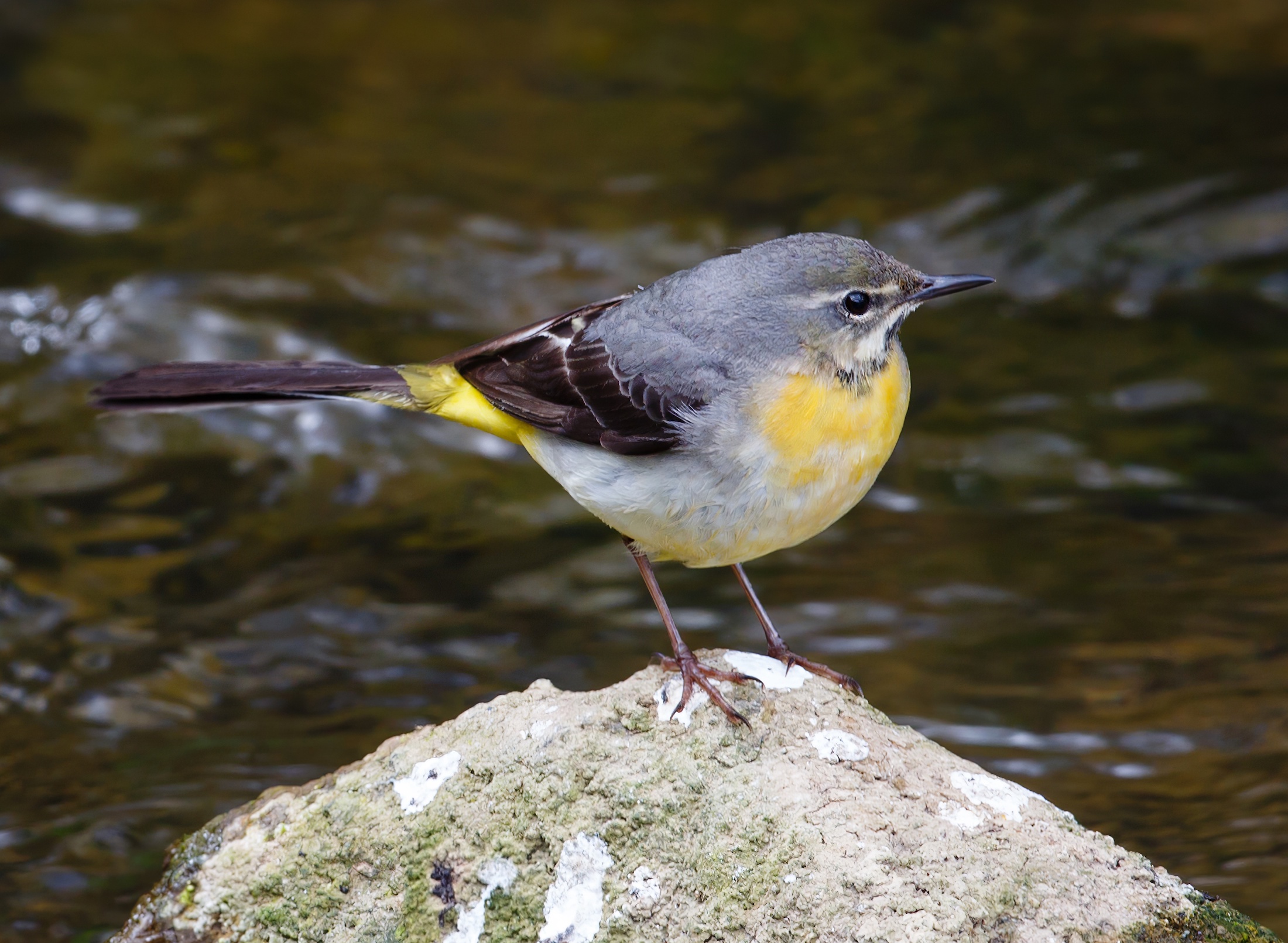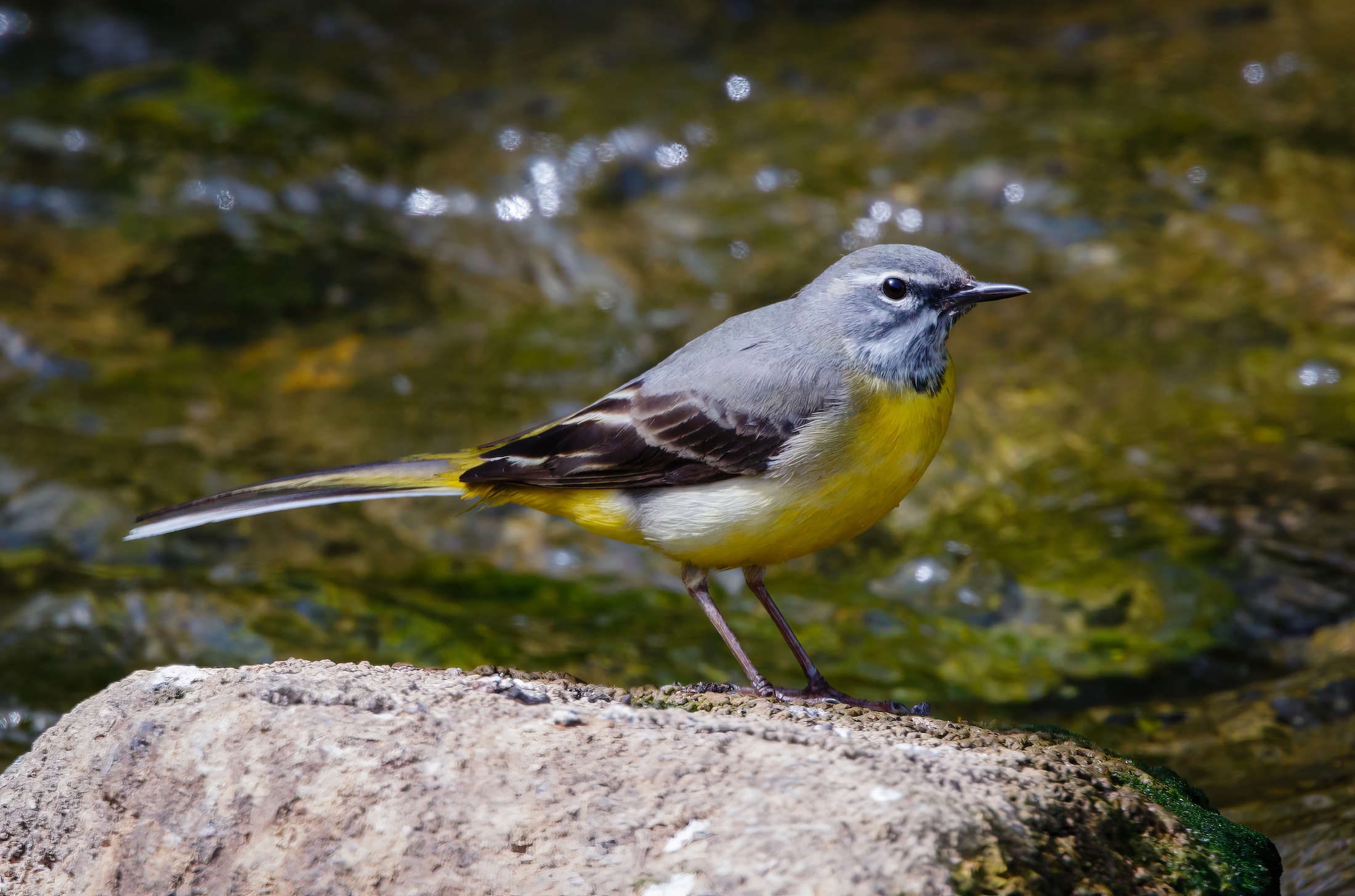Grey Wagtail Motacilla cinerea
Scarce passage migrant (mainly coastal) and winter visitor (mostly inland). Scarce and fairly local breeder increased in recent years.



Lorand and Atkin (1989) suggested that Grey Wagtail was a sporadic breeder in Lincolnshire from around 1868. It remained rare until the 1980s when it started to spread to the few fast-flowing streams in Lincolnshire, especially on the edge of the Wolds. The Atlas reported up to 5 pairs a year in the 1990s and the last BTO Atlas showed it had become more widespread in the southwest. It remains fairly local and the BBS does not give a true reflection of its Lincolnshire breeding status. On a typical chalk stream, the river Lud through Louth, there were 5 breeding pairs reported in 2020. There is a pronounced coastal autumn passage in September-October and peak counts across the county from 2013 to 2019 ranged from 49 in 2013 to 77 in 2015. Few Grey Wagtails have been ringed in the county, but one ringed at Marston STW January 22nd 2008 was retrapped in Norway May 17th 2008, 775km to the northeast.
(Account as per new Birds of Lincolnshire (2021), included December 2022)
